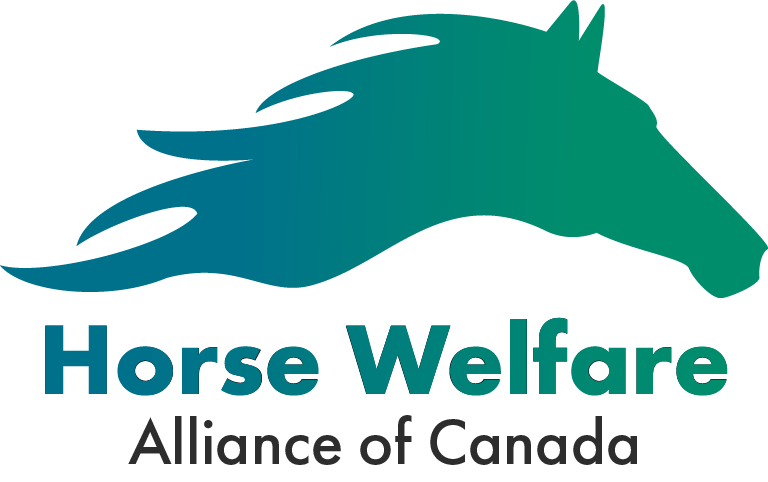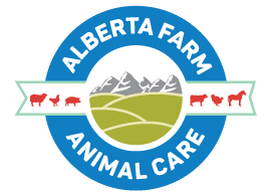
The Horse Welfare Alliance of Canada (HWAC) has launched an online training program in an effort to increase awareness around nationally developed guidelines for the care and handling of equines.
(more…)
ALERT Line : 1-800-506-2273

The Horse Welfare Alliance of Canada (HWAC) has launched an online training program in an effort to increase awareness around nationally developed guidelines for the care and handling of equines.
(more…)By Dr. Melissa Moggy
Recently, Alberta Agriculture and Forestry reviewed and amended the Meat Inspection Regulation. Some amendments were focused on enabling innovation and change by removing red tape, improving clarity, and changing to a more outcome-based regulation. What that means is that the regulation now specifies a desired outcome that must be met, rather than giving instructions on how that outcome is reached.
The Meat Inspection Regulation also includes updated definitions on meat by-products and inedibles, categories of salvage, and directions on collecting, handling, storing, shipping, and labelling different categories of salvage. These changes will help abattoirs to salvage more meat by-products, improve access to specialty ethnic markets, and increase access to animal food. However, these products cannot enter the food chain if they are not inspected but may be used by the owner of the animal.
There is also a new license under the Meat Inspection Regulation. The Uninspected Slaughter Operation Licence is for anyone who owns land where on-farm slaughter occurs. This licence allows producers to sell a live animal to a customer and offer on-farm slaughter and processing services to the customer. Again, the meat is uninspected and is not for sale, but is for the consumption of the customer, who is the owner of the animal.
The final thing to change in the Meat Inspection Regulation is the future allowance of Meat and Dairy Inspection Section inspectors to perform video ante-mortems. This change will be finalized after the government has completed its research on video ante-mortem inspections. It will allow inspectors to perform their ante-mortem inspection, which is needed to sell the meat, from a real-time ante-mortem video of the animal prior to slaughter. This is ideal for animals that are unfit for transport, in emergency situations, or as approved by the Director. The carcass of the animal must be transported to a licensed abattoir within two hours to complete the slaughter process and to complete a post-mortem inspection. The inspected meat can then be sold for public consumption.
Please see the factsheets below for more information:
By Melissa Moggy
On November 29th, 2019, I attended a lunch n’ learn on the Animal Health Emergency Management (AHEM) Project. The goal of the project is to provide producers and their organizations with sector-specific tools that can be used in a disease emergency. At the end of the first phase, the project developed 13 plans and handbooks for different species and specific regions.
(more…)By: Melissa Moggy
On May 15th and 16th I took part in the Beef Feedlot Welfare Auditor Training in Lethbridge, AB. However, the training started before that with two prerequisite online courses. First, we were required to take Beef Feedlot 201. The course ensures that the training participants are familiar with the feedlot industry. Everything from where the cattle originate, how they are transported, to how the feed is stored. Additionally, participants were required to take the NCFA eLearning course, which serves as training for processors for the Canadian Feedlot Animal Care Assessment Program.
(more…)The 2019 LCC was themed “Partners in Progress: Tools for success.” Some of the best examples of new, species-specific innovations that are adding to the toolbox were discussed in presentations on new research findings regarding poultry behavior and lighting and on progress toward a new Feedlot Assessment Tool.
(more…)